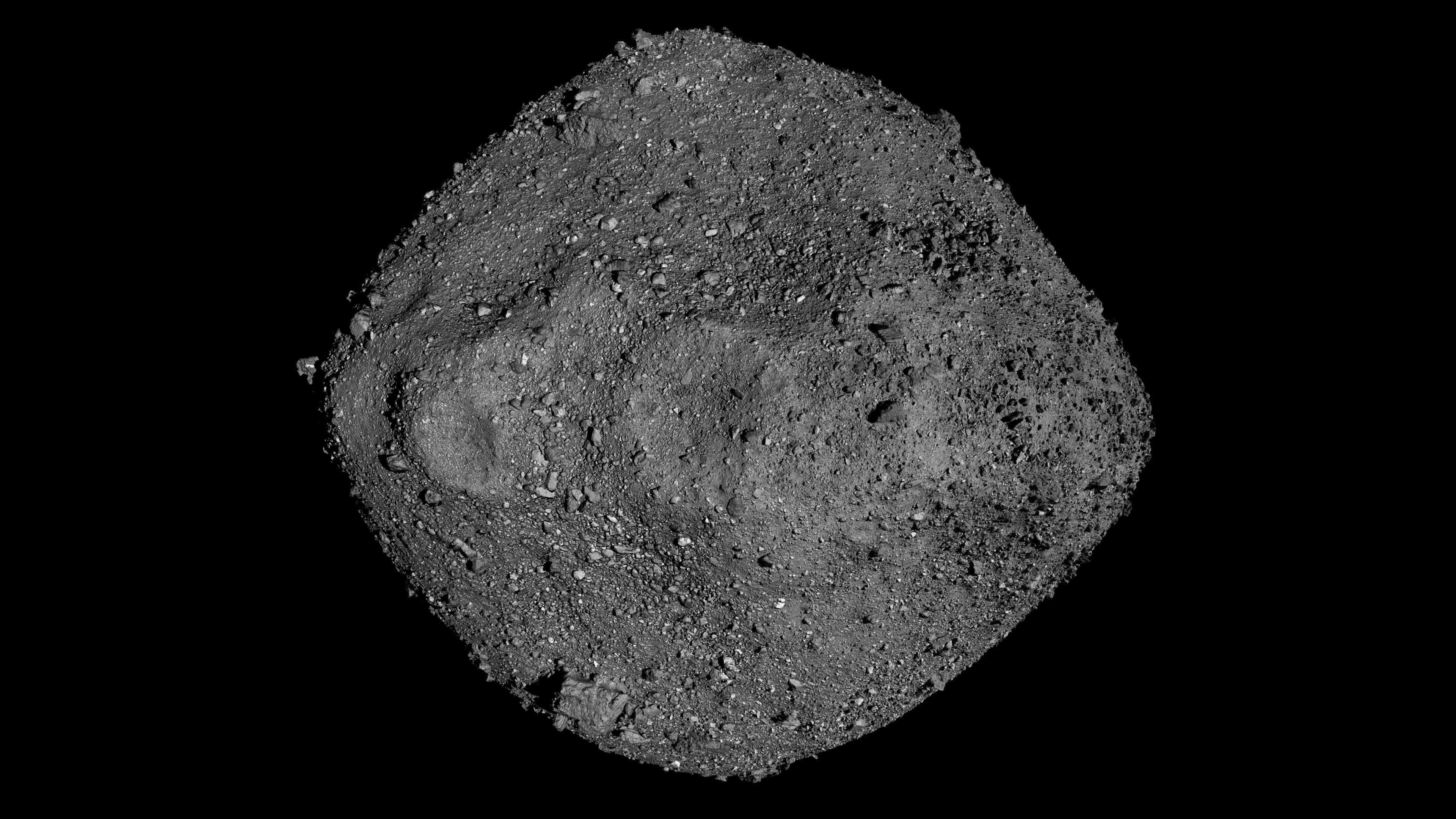Cancer Risk in Fukushima Area Estimated

For people living in areas neighboring the Fukushima nuclear power plants, the worst of the radiation exposure may have passed. New research suggests that any increase in cancer risk due to radiation exposure after 2012 is likely to be so small that it is not detectable.
Researchers found that people living in three areas located about 12 to 30 miles (20 to 50 kilometers) from the power plant received a radiation dose of between 0.89 and 2.51 millisieverts from their food, soil and air in 2012, one year after the explosions at the nuclear facility caused by a tsunami.
This dose was similar to the 2.09 millisieverts of radiation per year that people in Japan are exposed to on average from natural sources. The researchers then used their data on radiation exposure to estimate how much residents' cancer risk increased. [Fukushima Radiation Leak: 5 Things You Should Know]
The researchers found that the radiation that residents were exposed to in 2012 increased their risk of cancer by only very small percentages — women's risk of breast cancer increased by 0.28 percent, and the residents' risk of any cancer increased by 1.06 percent, according to the study, published today (Feb. 24) in the journal Proceedings of the National Academy of Sciences.
The researchers cautioned that their study looked at only one radioactive element — cesium — and did not evaluate the radiation dose people may have received during 2011, the year in which the accident occurred.
Explosions at the Fukushima Daiichi nuclear facility in March 2011 released radioactive elements — including iodine and cesium — into the air, soil and water. People living within 12 miles of the power plants were evacuated, and those living farther away were told to prepare to leave in case of emergency.
In April 2012, the Japanese government re-examined the evacuated areas in Fukushima. Evacuation orders are scheduled to be lifted in several areas in which people's estimated radiation exposure will not exceed 20 millisieverts per year.
Get the world’s most fascinating discoveries delivered straight to your inbox.
Some of the radioactive elements released in the accident, such as cesium-134, have a short half-life; they decay to half their original amount within two years. However, cesium-137, which has a half-life of more than 30 years, continues to be a source of radiation, the researchers said.
In the study, about 480 people wore devices called dosimeters, which measured the radiation the people received from the ground. The researchers also measured the level of cesium in both the dust in the air and the food samples that 130 participants provided.
Although the researchers detected cesium-137 and cesium-134 in half of the food samples, estimates of doses that people absorb from their diet in a year didn't exceed standard limits set by Japan, the researchers said.
The study participants were exposed to 0.0058 to 0.019 millisieverts of radiation from food, 1.03 to 2.75 millisieverts of radiation from cesium deposited on the ground and less than 0.001 millisieverts from inhaled radiation per year, according to the study.
The International Commission on Radiological Protection recommends a dosage limit of 1 millisievert per year from all sources of radiation for the general public, and no more than 20 millisieverts per year for five years for radiation workers.
The researchers estimated that as radioactive particles decay over the years, the annual radiation dose in 2022 would be one-third of the dose rate in 2012 and gradually decrease until 2062. The findings suggest that for the majority of the population in the Fukushima area, radiation exposure from the power-plant accident is unlikely to exceed 1 millisievert per year, the legal limit for radiation exposure, the researchers said.
Email Bahar Gholipour. Follow us @LiveScience, Facebook & Google+. Original article on Live Science.

